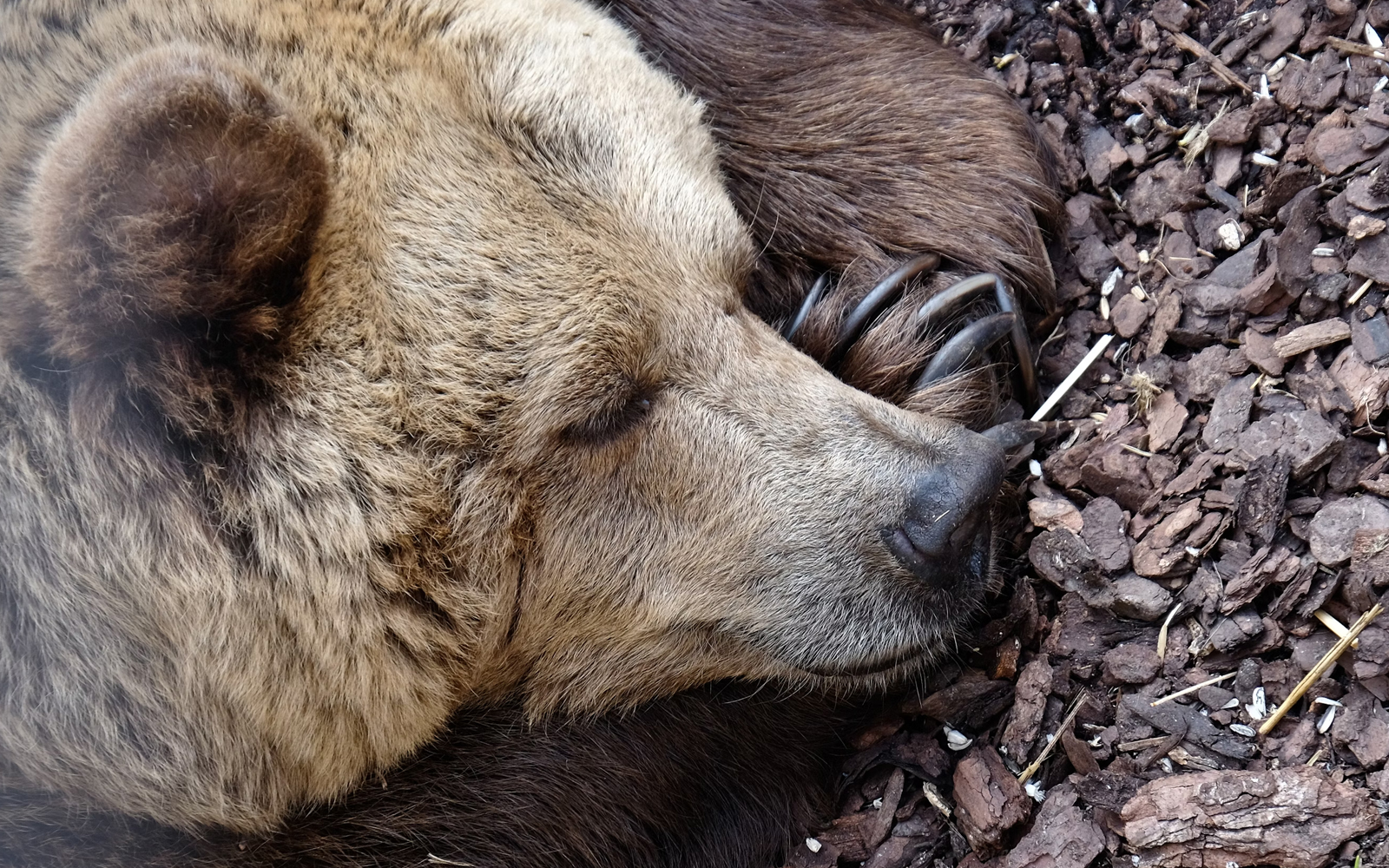
A foreign tourist was attacked by a bear in northern Italy on Tuesday and had to be hospitalized, local authorities reported. Fortunately, the injured man is not in critical condition.
According to provincial authorities in Trento, the bear attack occurred in an area known as Naroncolo, located north of Lake Garda in the province of Trentino.
Italian media sources identified the victim as a 43-year-old Frenchman. He was airlifted to a hospital in Trento, where he received treatment for injuries to his lower and upper limbs. Although the injuries were serious, his life is not in danger. Reports indicate that the man was out jogging at the time of the attack.
The incident is currently under investigation by the local forestry department.
Bear Population in Trentino
The attack on Tuesday comes less than a week after a Swiss woman and her three children had a close encounter with a bear and at least one cub while hiking near Lake Molveno in the same region.
According to provincial authorities, approximately 100 bears reside in the broader Trentino area. These bears were reintroduced to the region between 1996 and 2004. The original plan was to sustain a population of about 50 bears, but their numbers have doubled in recent years.
Previous Incidents
In April of last year, a 26-year-old runner was fatally attacked by a bear in Trentino. The bear, identified as JJ4, was captured following the incident and separated from her cubs. Authorities initially decided to euthanize her, but after several interventions by animal rights activists, it was decided that JJ4 would be transferred to a wildlife reserve in Germany this year.
Last year’s attack sparked a regional debate about the dangers posed by bears. In response, provincial authorities approved a decree in March to cull up to eight problematic bears this year and next. This decision has been met with opposition from animal rights groups, as reported by ANSA.
Conclusion
As the bear population in Trentino continues to grow, interactions between humans and bears are becoming more frequent, raising concerns about public safety. The recent incidents highlight the need for effective management strategies to ensure the safety of both residents and wildlife in the region.


